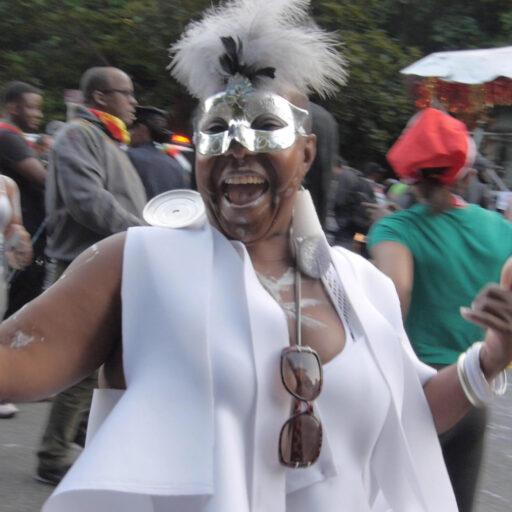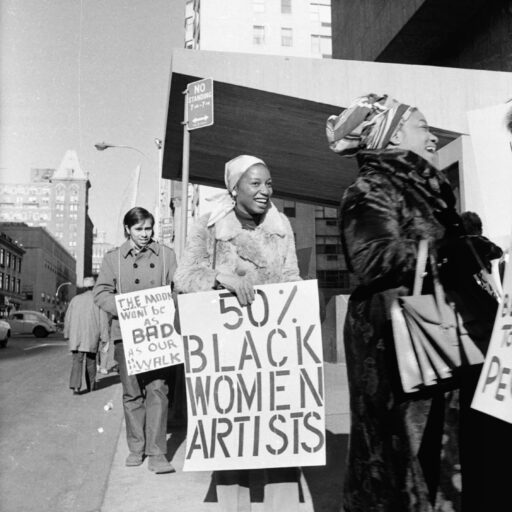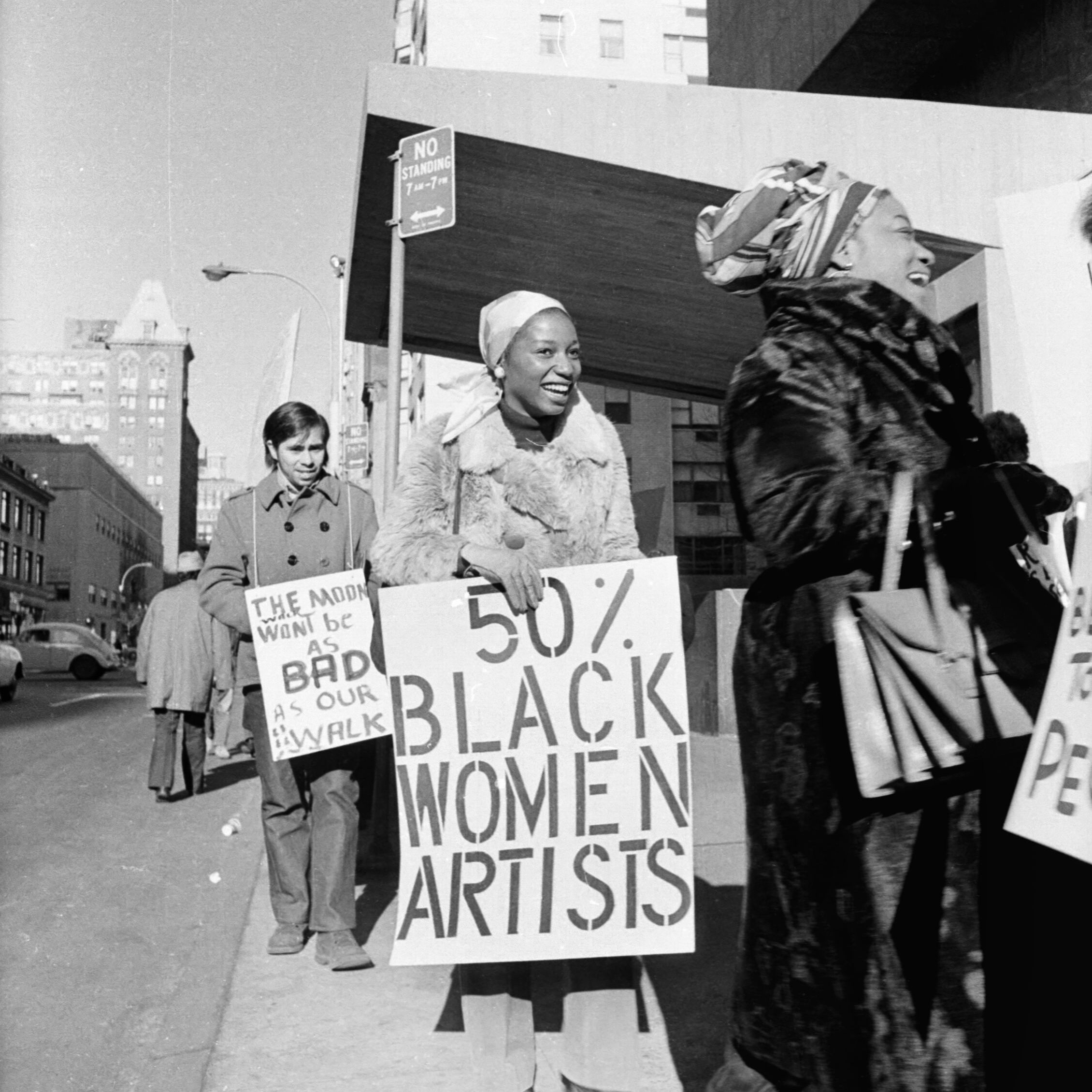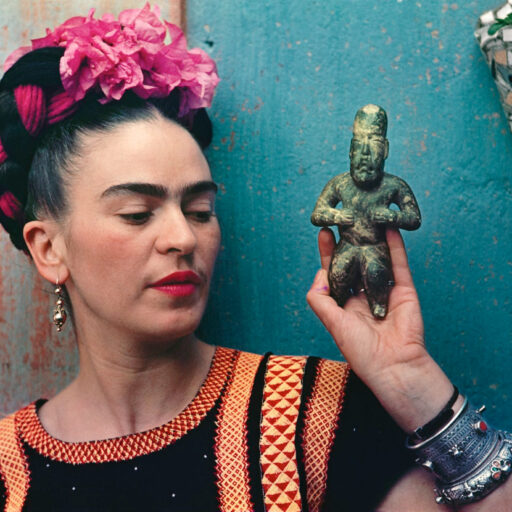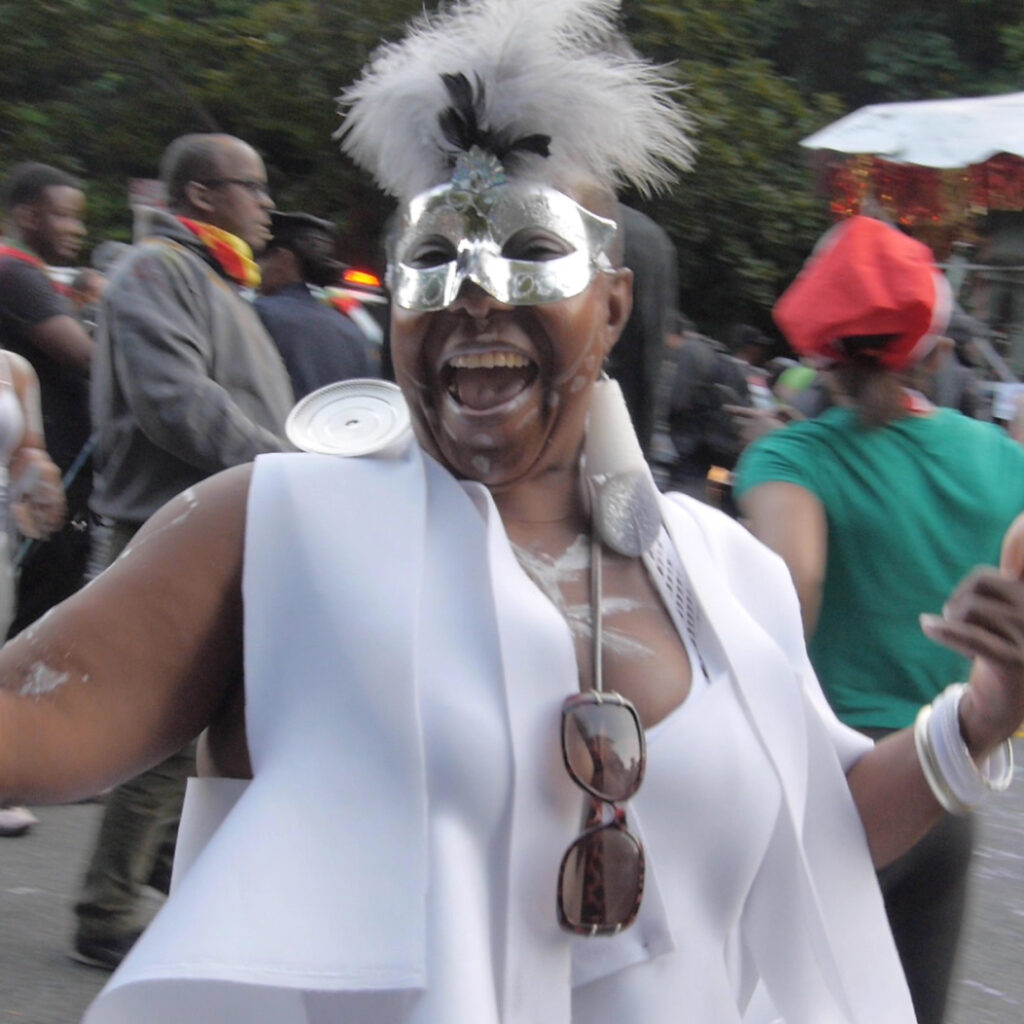
Hi friend,
True story: art is about people!
Carnival season is unfolding in the Americas – from the Caribbean to New Orleans (hey Mardi Gras!) But it’s more than just a party. Carnival culture shows how mutual aid has sustained people of color.
Mutual aid is a crucial path for groups locked out of mainstream power and participation. These communities have banded together to create something out of nothing – isn’t that the definition of art? There’s a natural overlap with different women’s organizations – for example the sororities of the Divine Nine, or social clubs based on hometowns and heritage.
Dr. Tyesha Maddox has researched mutual aid societies of Caribbean immigrants in the United States back to the 1900s. The West Indian Day Parade ties the legacy of early Black migration to our current culture. This video explainer gives a broad view of how Asian American, Black, Chicano, and LGBTQ+ communities have leveraged mutual aid to build resilient networks.
And our documentary project, Carnival Queens, is screening this month online for Women’s History Month. We’re excited to share the story of Black immigrant women gathering, celebrating, and thriving. Along with the Baby Dolls of New Orleans’ Carnival, women artists shine at the intersection of creativity and community.
Yours in creative solidarity,
Tiffany.
Required Reading
- What Is Mutual Aid? [presentation via Dr. Tyesha Maddox]
- ‘Once I Step Out, I am a Queen on Mardi Gras’
- Carnival Queens
